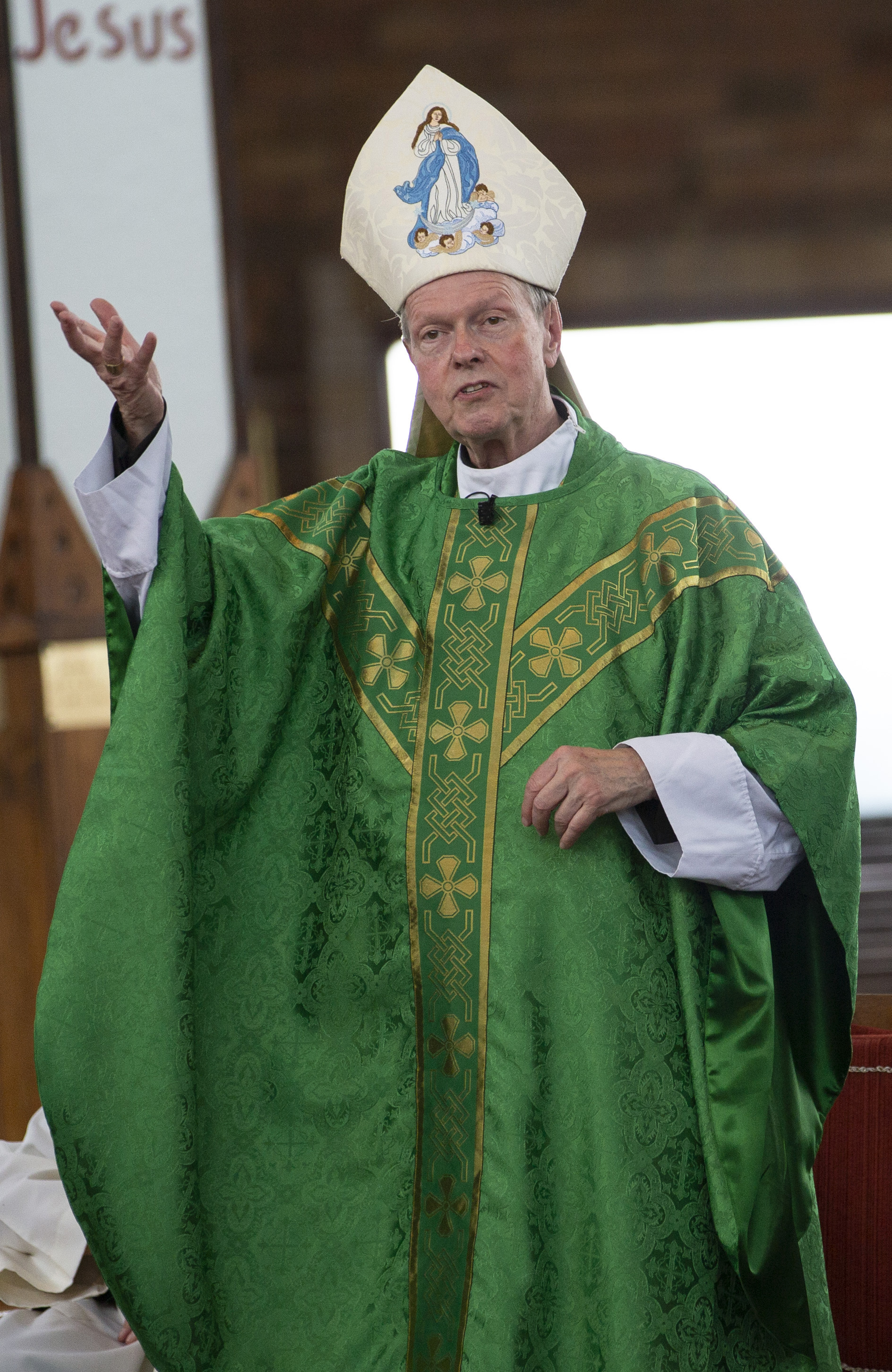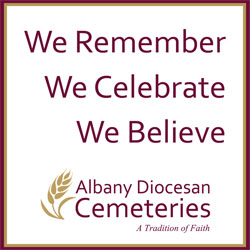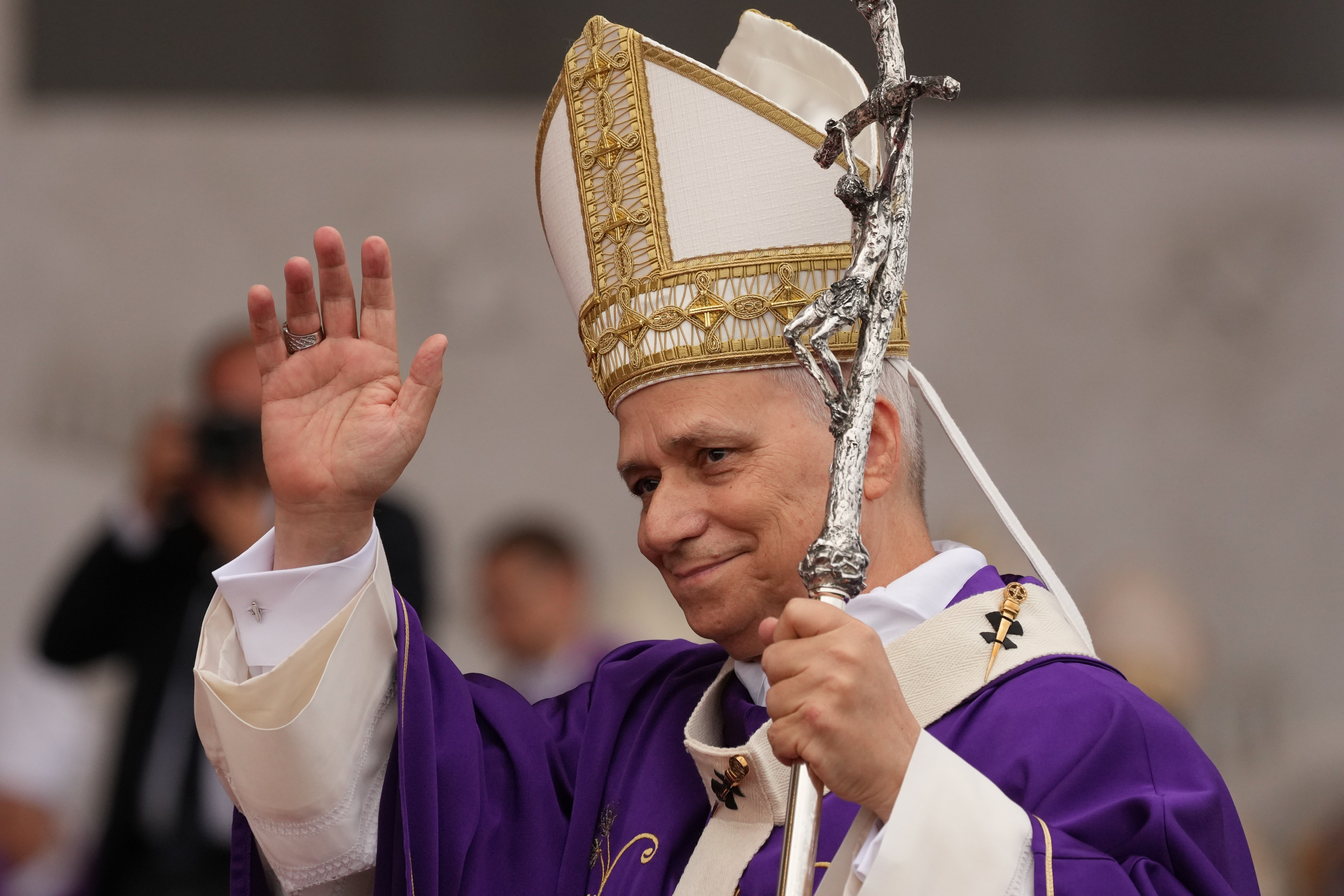April 8, 2020 at 7:48 p.m.
As with Holy Thursday, in the Solemn Liturgy of the Lord’s Passion on Good Friday, we encounter some special signs or marks that help us explore the spiritual focus of this day. In fact, on Good Friday, we are presented with a powerful theology or spirituality of the cross. We can recall a central part of Jesus’ teaching; that if we wish to be his disciples, we too must take up our cross and follow him (Matthew 16: 24). Given all that has happened over the last few weeks, we can certainly understand our Lord’s words. We and our loved ones have had to carry many unexpected and heavy crosses with the coronavirus pandemic.
Why do we say “Good” Friday? What is good about Jesus’ terrible suffering, as depicted in the Gospels, or in movies such as “The Passion of the Christ”? Perhaps we can see it this way. Good Friday is a day when we grasp just a little bit more, that “God so loved the world that He gave us His only begotten Son” (John 3: 16). It is a day then of love and adoration of Jesus Christ, crucified for us. We can only bow down in wonder before such great love. He has been through everything … and, for us! This is movingly shown in another special mark or sign on Good Friday at the very beginning of the liturgy. The priest, deacon and any ministers enter in silence, go up to the sanctuary and then prostrate themselves before the altar (the altar being the symbol of Christ and his sacrifice) as a sign of love and devotion.
There is also, of course, a sense of loss on this day. Here we experience another one of our marks or signs, for on Good Friday we are required to fast as well as to abstain from meat. Why so? Because it is a time of fasting for, as Jesus predicted, the disciples will fast when the bridegroom is taken from them (Luke 5:33-35). This feeling of absence and loss is also echoed in the absence of certain familiar things in the church. If we look to the altar, we will see that it is bare, with no cloth, nor candles, nor cross; the tabernacle is still empty and there is no holy water. Again, this year we can readily identify with that sense of loss. Perhaps we have loved ones who are sick or who have died, we miss the Eucharist or adoration, we miss the sense of community when we go to Mass etc. etc.
The special readings for Good Friday have, of course, been chosen to help us deepen our understanding of the meaning of Jesus and the cross. The First Reading (Isaiah 52: 13-53:12) is almost like a poem or song. In fact, it is known as one of the four canticles, or songs, of the suffering servant of God. Written a number of centuries before the birth of our Lord, these canticles are understood as prophecies about Jesus: who he is and what he goes through for us. In the Second Reading (Hebrews 4:14-16, 5: 7-9), Jesus is our great “high priest.” He is not remote from us, but rather has been tested in every way and so he is what we might call a sympathetic “high priest” for us. The account of the Passion in St. John’s Gospel is read every year. As we have noted before, each Gospel writer offers us his particular and inspired insights. St. John wishes us to hear about the victory of the cross: Jesus is both the lamb sacrificed and king; he is both victim and conqueror.
Another mark or sign of the liturgy on Good Friday is the extended General Intercessions. They are some of the most ancient prayers we have in the Church. They remind us of the universal effects of Jesus’ passion: Jesus suffered, died and rose for all. There are normally 10 intercessions, but, this year, Pope Francis has asked that we add an extra one. It is offered for our nation and the world at this time of difficulty. The one we are using here in the Albany Diocese has been specially written for our Diocese.
We then have a further mark or sign particular to this day, as we venerate the cross. It is a symbol of the sacrifice of Jesus that has given us life. The veneration is seen as an act of faith, hope and love; not in a thing or a corpse, but in Christ who reigns supreme through the cross. In fact, we can say that the cross becomes the tree of life for us, undoing the sin of Adam and Eve who ate from the forbidden tree. Some commentators on this part of the liturgy also remark that in venerating the cross, we should also remember to allow the cross into our own lives. However perhaps the real stress here is on what God has done for us, rather than on our response. As the words at this moment of the liturgy say: “behold the wood of the cross on which hung the salvation of the world … come let us adore.” This year, as we cannot venerate the cross in our church, perhaps we could make some sign of veneration to a cross or crucifix that we have in our home.
On Good Friday, because our Saviour is taken from us, no Mass is celebrated. Instead, we would usually receive the Eucharist that has been reserved from the Mass on Holy Thursday. This may seem a strange custom: if there is no Mass, why receive the Eucharist? It is done as a sign or mark of the link between Calvary and the Last Supper. The Eucharist is indeed a memorial: a re-presentation of Jesus’ sacrifice for us. Again, this year, we cannot receive Holy Communion on this day, but we can still enter into a spiritual communion with our Lord and with each other. Finally, we can notice the simple and silent end of the liturgy. There is no blessing for example, since the author of all blessings has died for us and we have not yet completed the holy three days as Good Friday will lead to Easter Sunday …
Perhaps it is worth adding a footnote about Holy Saturday … This day is often forgotten, or it becomes the busy day on which all the necessary arrangements are made for the Easter Vigil. This is a pity, since the day is full of marks or symbolism. It is a day of waiting by the tomb. We fast, waiting for the arrival of the bridegroom. We meditate of Jesus’ descent among the dead, searching for those who were lost before the coming of the Messiah. This year, the idea of watching and waiting may seem all too familiar to us. We have spent so much time, watching and waiting during the pandemic. As the month of April draws on, let us renew our efforts to use this time of watching and waiting wisely and well.
The theme of “rest” comes up quite often in what is called the Divine Office for the day. Jesus rests in the tomb and we await His resurrection. The readings recall that God rested after His work of creation; we think of the work of recreation accomplished in Christ. We are reminded of our final rest in union with God in Heaven. There is also a sense of anticipating the resurrection of Jesus in this resting: “Awake sleeper and arise from the dead.”
- From Chicago to Peru to Rome, Pope Leo remains ‘one of us,’ say US Catholics
- At home with Jesus
- Priest gets kidney from principal — and love, support, prayers from parishes, students
- Redemptorist priest’s explosive dispatches revealed Vatican II’s hidden conflicts
- Nigerian Catholic Church leaders give mixed reaction to US airstrikes
- US strikes Nigeria targeting Islamic extremists to ‘stop the slaughtering of Christians,’ says Trump
- 2025 brought new pope, new president, and immigration as key issue
- Linger in contemplation at the manger with the Holy Family
- Across the world, Christmas shines even — and especially — in the darkest places
- Full text: Pope Leo XIV’s ‘urbi at orbi’ message








Comments:
You must login to comment.